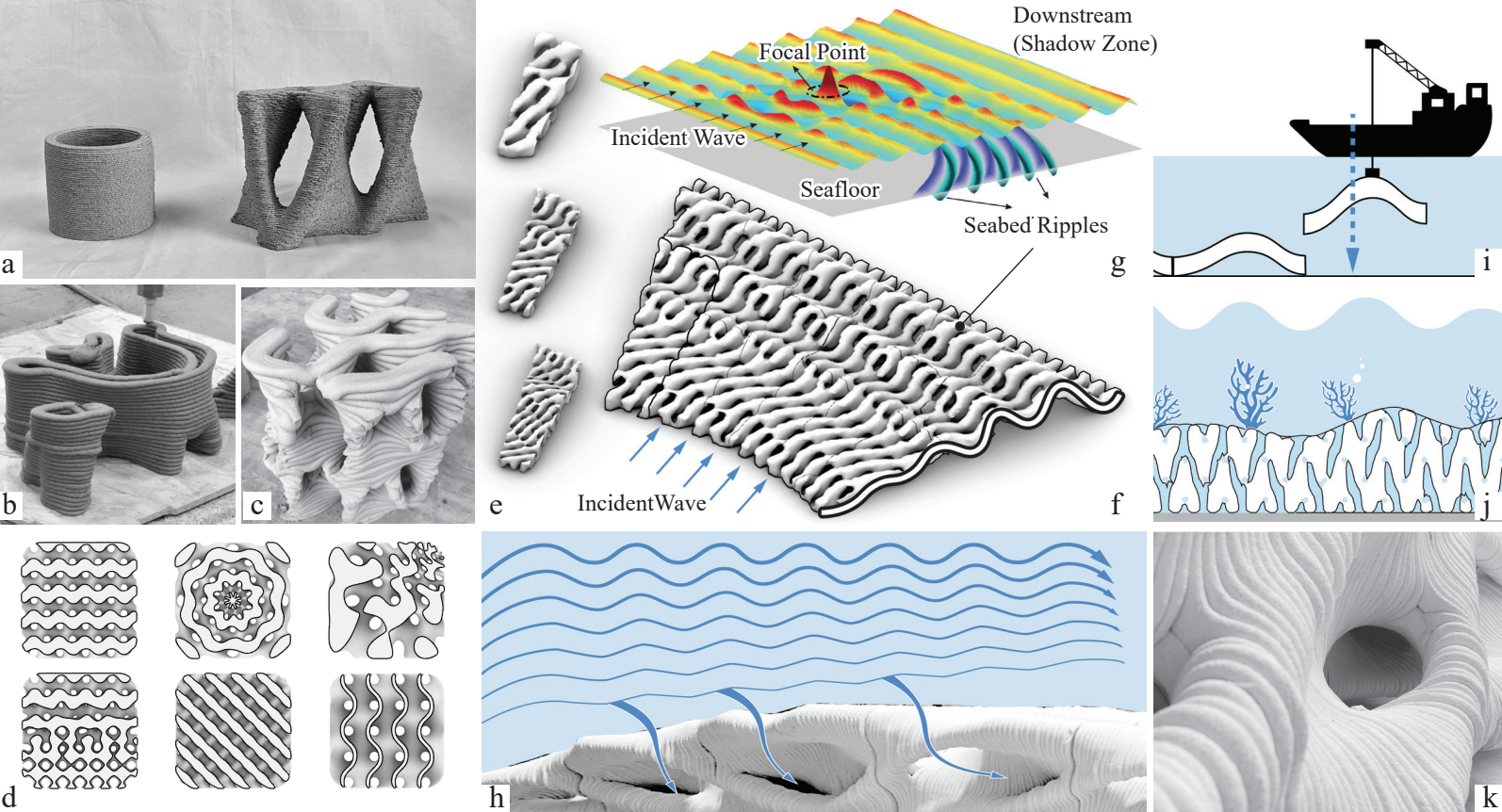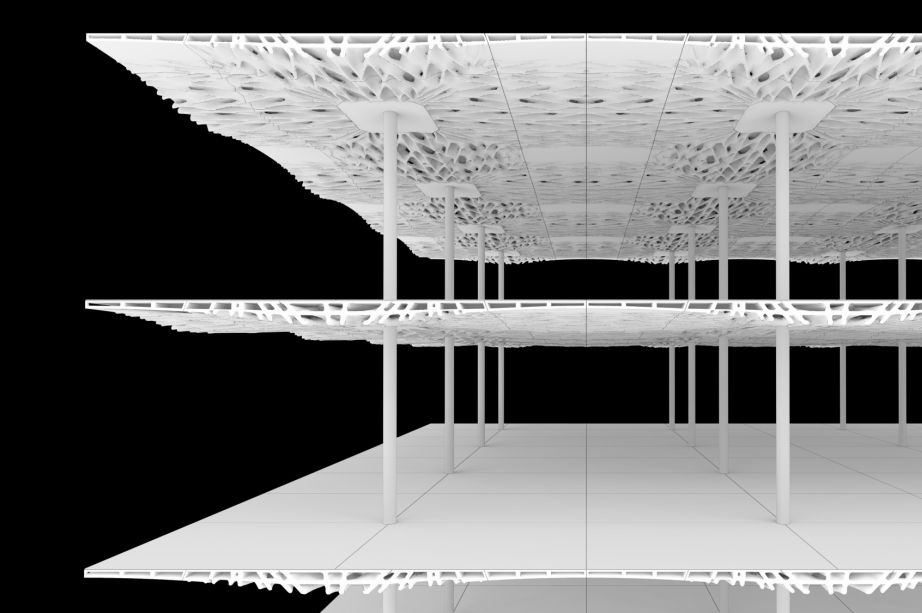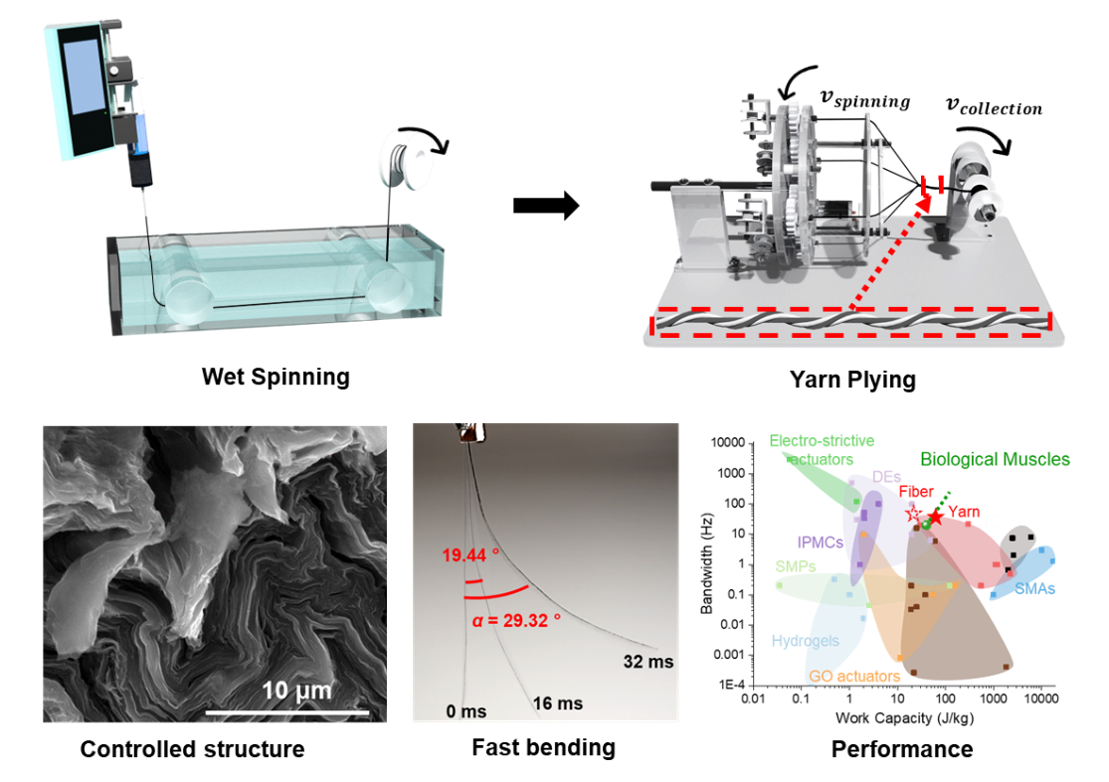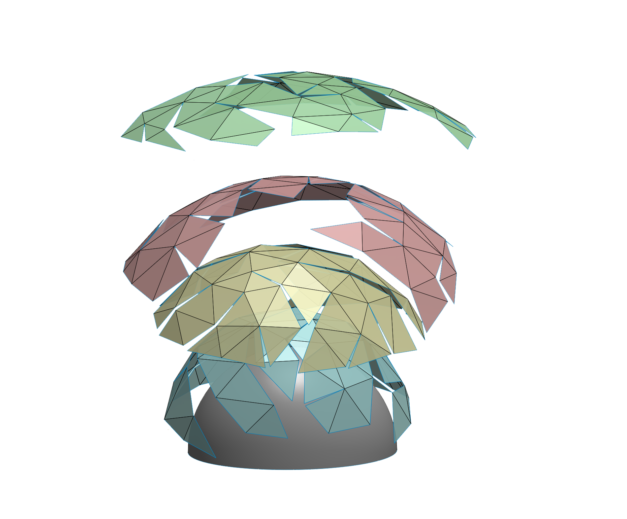Training students to create sustainable buildings
One of the greatest contributors to climate change is the built environment. Concrete production alone accounts for a significant share of all global carbon dioxide emissions. To train students to create sustainable buildings, Penn Engineering has partnered with the Stuart Weitzman School of Design for CLIMATE-CARE, a $3M NSF-funded NSF Research Traineeship (NRT) Award. Read … Read more





